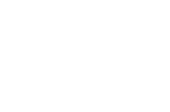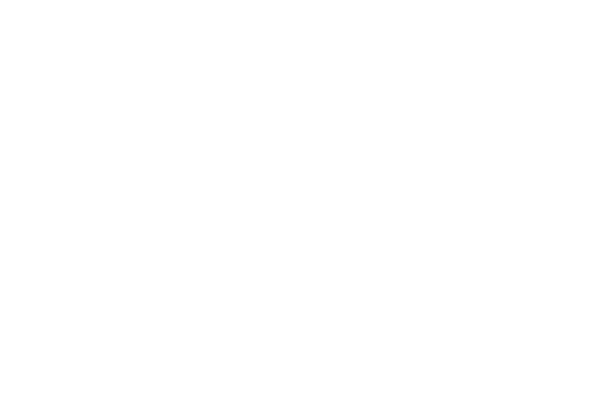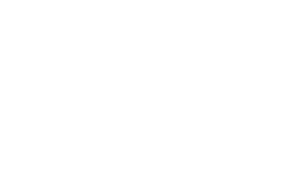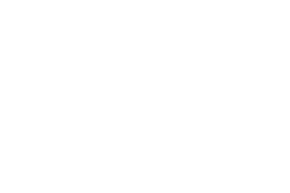 |
 |
 |

|
Terminal 5 of the Chicago O'Hare International Airport
|
|
 |
DIGITAL CERAMIC PRINTED GLASS INSTALLATION COMPLETE AT O’HARE INTERNATIONAL AIRPORT
Kfar Saba, Israel (January 8, 2014) – Installation of digital ceramic printed glass in Terminal 5 of the Chicago O'Hare International Airport is now complete. The millions of people traveling through the busy airport this holiday season were the first to see and experience the new digitally printed glass elements used in the terminal renovation.
|

|
Posted 8 January 2014
|
Share this:
|
|
|
|
|
|
|
|
|
|

Terminal 5 of the Chicago O'Hare International Airport
|
|
|
|
|
|
|
O’Hare is the most recent of many airports to utilize digital ceramic printed glass in new and renovated terminals. Digital ceramic printed glass brings a new level of functionality to glass and expands its role in airport design.
It offers unprecedented ability to control light and to address safety, security and privacy concerns. At the same time, complete freedom over design and scalability manipulation creates a new medium for communication. In addition, the look of other natural materials, such as wood or stone, can be replicated. All of these benefits are combined into a single and extremely durable product; digital printed glass is changing the face of airports and architectural glass around the world.
|
|
Glass Achieves Multi-Functionality in Airport Renovation

|

|

|
Having extremely ambitious goals for the glass elements in the O’Hare Terminal 5 project, Epstein Architects turned to Goldray Industries, known for their extensive in house manufacturing capabilities and their reputation for solving complex architectural decorative glass challenges. The highly detailed graphics, designed by Thirst Communication Design convey a story of the traveler's experience, resulting in complex design details that needed a unique solution.
Included in the overall glass solution of the terminal renovation was almost 4,000 sqf (370 sqm) of digital ceramic printed glass.
The first element seen upon entering the terminal is a two story interior curtain wall that blocks entry to private areas and directs foot traffic to the security checkpoint. The color bands and geometric shapes of the designed glass were printed in a gradient to ensure the flow of natural light without diminishing its privacy function. The wall was installed using clips instead of silicon to maintain the aesthetic quality of the design, which seamlessly continues onto the printed glass wall cladding. This provides a beautiful backing to the retail shops, demarcates the restrooms, and carries on the narrative. The digital ceramic printed glass guard rail on the upper level, which is seen by both arriving and departing passengers, creates a separation between these two groups while creating a shared experience as both can see the images of the flight patterns spanning the globe.
|
|

Terminal 5 of the Chicago O'Hare International Airport
|
|
|
|
“
“Using the Dip-Tech solution we were then able to
fabricate this highly comprehensive and detailed project
exactly how it was conceptualizedand drawn by the
architects.” Greg Saroka, President of Goldray
”
|
|

|

|

|

Terminal 5 of the Chicago O'Hare International Airport
|
|
Greg Saroka, President of Goldray Industries, said: “We worked through all the various color and design options until one met all expectations.
Using the Dip-Tech solution we were then able to fabricate this highly comprehensive, detailed project exactly how it was conceptualized and drawn by the architects.”
New Look for Airports Around the World
Other airports that have recently chosen to apply digital ceramic printed glass include Newark International Airport printed by Alice GGI in the United States, Dublin Airport in Ireland printed by Flachglas Wernberg in Germany and Santiago Airport by Glasstech in Chile. For Newark Airport, Voorsanger Architects had a white faded appearance digitally printed directly onto the glass interior dividers, to create privacy without sacrificing natural light.
In Dublin, Architect Susan Dunne took advantage of viewing distances so that people seeing the same design experienced a different narrative. In Santiago, Chilean artists showcased their work on digital ceramic printed glass. For more information on these airports visit: http://www.diptech.com/Project_Gallery/Airports
“With every panel of glass there are unlimited design possibilities and a broad range of functional applications”, commented Dip-Tech CEO, Yariv Matzliach. “With an expensive undertaking such as airport design and renovation you must get the most out of every component, including the glass. With digital ceramic printed glass there is a highly favorable cost-to-benefit ratio.”
About Dip-Tech
Dip-Tech is the world leader in R&D and manufacturing of Digital
Ceramic In-Glass Printers and Digital Ceramic Inks. The unmatched and
field-proven solution is designed for all interior and exterior printed
glass applications, spanning the full range of decorative and functional
requirements so that architects can offer personalized buildings with a
new level of functional performance, aesthetics and flexibility.
www.dip-tech.com
|
|
|
|
|
|
|
|
|
|


